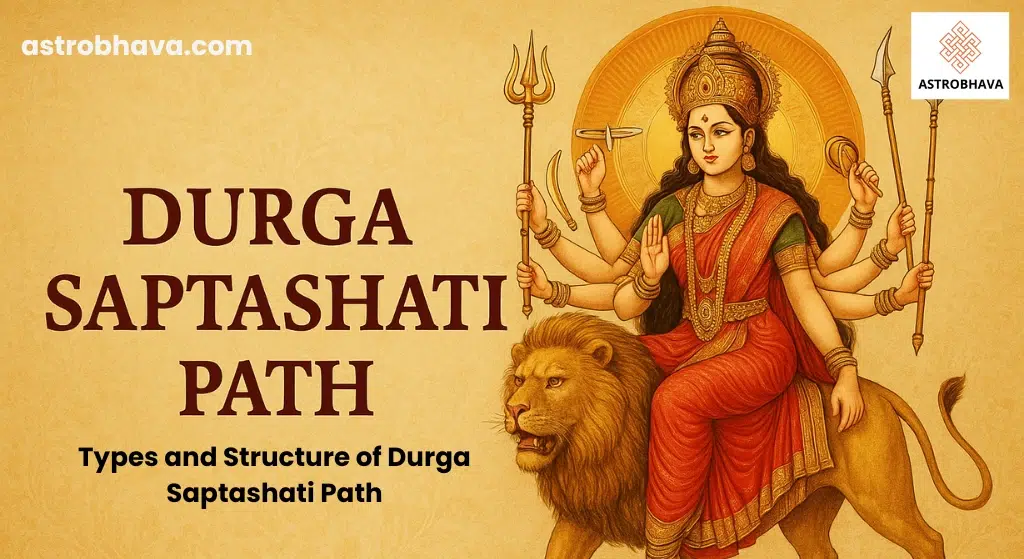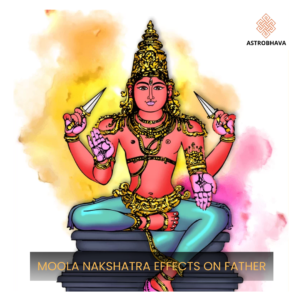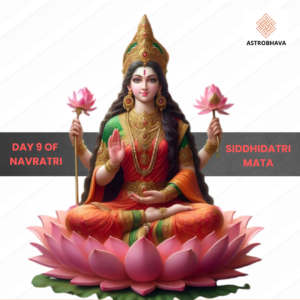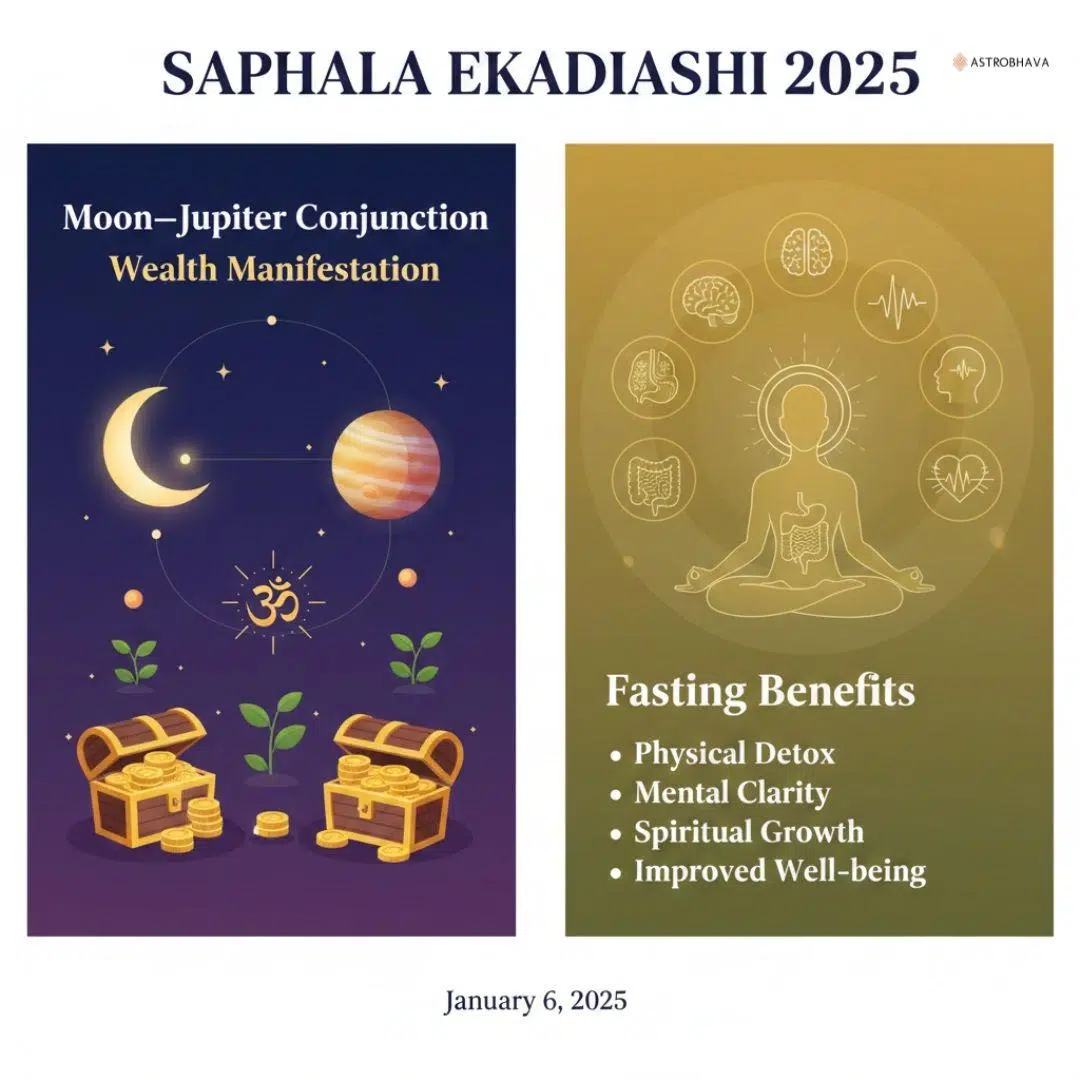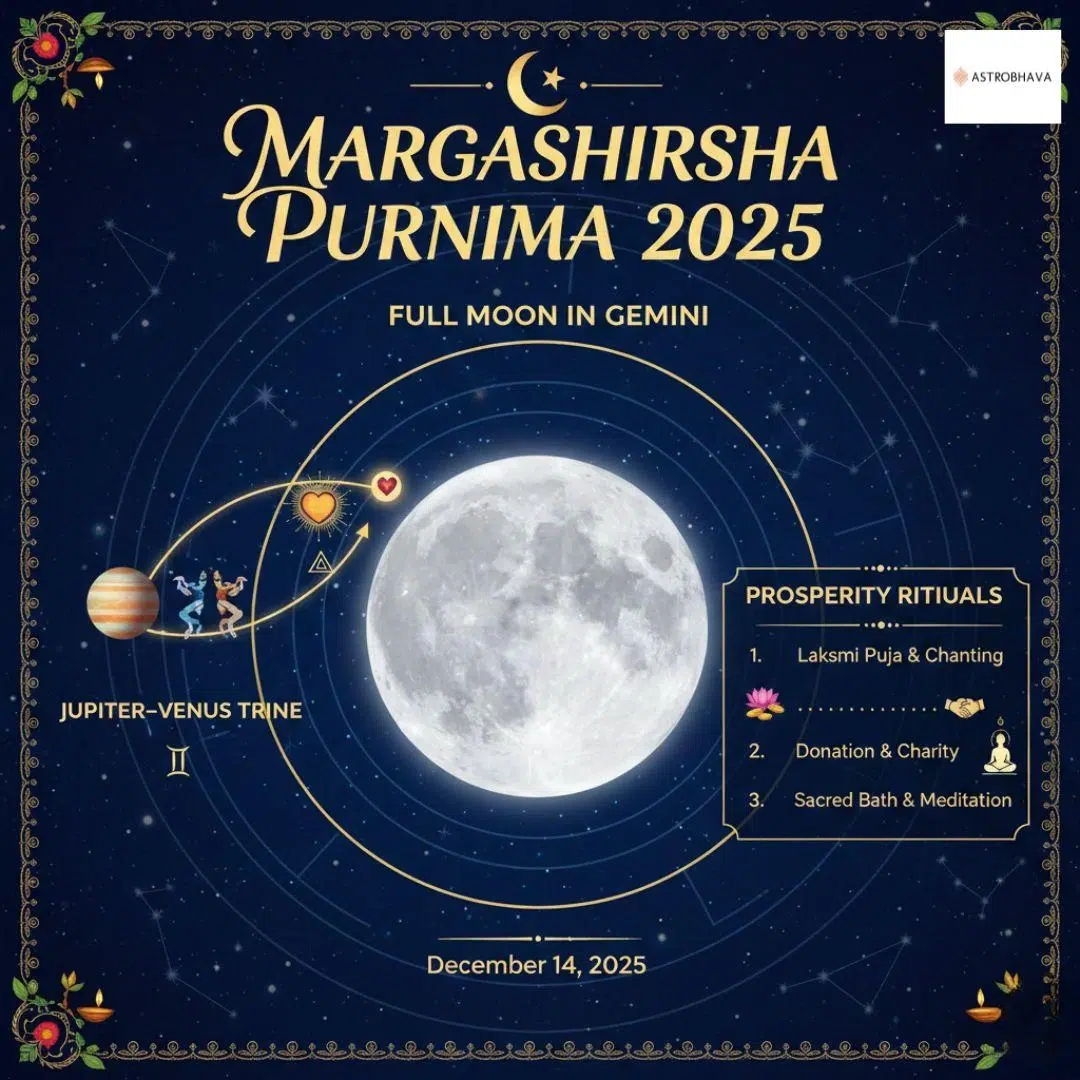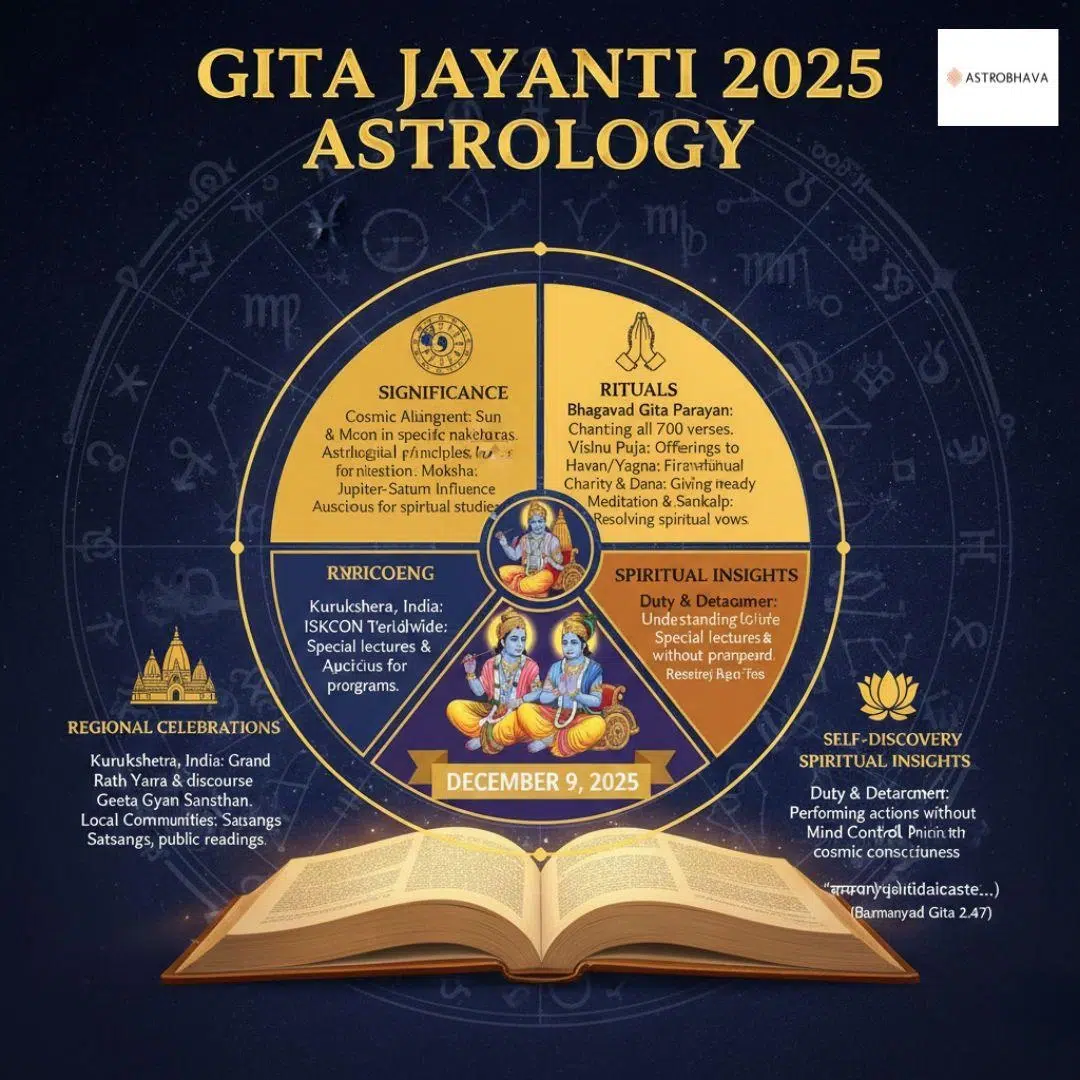Durga Saptashati Path: Significance of this Powerful Path
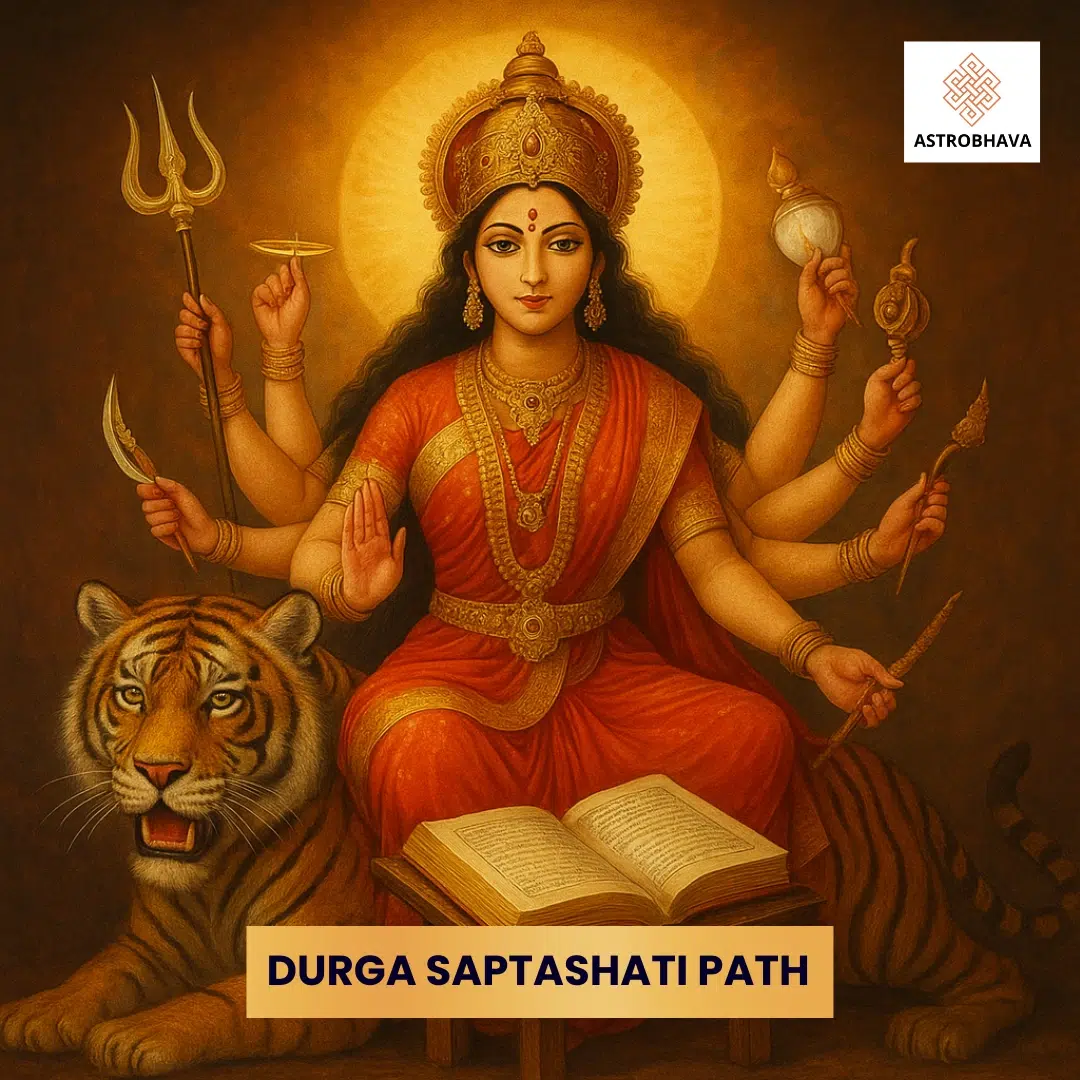
The Durga Saptashati Path, also known as Chandi Path, is one of the most powerful spiritual practices dedicated to Maa Durga. It involves the recitation of 700 verses from the Markandeya Purana, glorifying the Goddess as the supreme power who destroys negativity and blesses her devotees with strength, prosperity, and divine protection.
Especially during Navaratri, performing the Durga Saptashati Path is believed to remove obstacles, grant success, and awaken inner Shakti.
What is Durga Saptashati Path?
The Durga Saptashati Path is the systematic chanting of all 13 chapters of the sacred text. These chapters narrate three major stories of Goddess Durga:
- Mahakali (Prathama Charitra) – Defeat of demons Madhu and Kaitabha.
- Mahalakshmi (Madhyama Charitra) – Slaying of Mahishasura.
- Mahasaraswati (Uttama Charitra) – Victory over Shumbha and Nishumbha.
Each chapter is not just a mythological tale but a spiritual teaching, symbolizing the destruction of inner demons like ego, anger, fear, and ignorance.
Structure of Durga Saptashati (Devi Mahatmyam / Chandi Path)
The Durga Saptashati is made up of 700 shlokas (verses) spread across 13 chapters in the Markandeya Purana. It is broadly divided into three main Charitras (episodes), symbolizing the destruction of the three types of ego and negativity:
1. Prathama Charitra (Chapters 1–3)
Theme: Glory of Mahakali
- Chapter 1 – Madhu-Kaitabha Vadh
- Sage Medhas narrates to King Suratha and the merchant Samadhi the story of Lord Vishnu being in yogic slumber.
- Two demons, Madhu and Kaitabha, born from Vishnu’s earwax, attempted to kill Brahma.
- Brahma invoked the Goddess Mahamaya, who awakened Vishnu. With Her energy, Vishnu killed Madhu and Kaitabha.
- Symbolism: Removal of Tamas (ignorance, laziness, darkness).
- Chapters 2–3 – Mahishasura Mardini (Slaying of Mahishasura)
- Gods, defeated by Mahishasura, prayed to the Devi. From their combined energies, Mahadevi (Durga) emerged.
- Armed with divine weapons, she fought and killed demon Mahishasura after a fierce battle.
- Symbolism: Removal of Rajas (desire, arrogance, uncontrolled passion).
2. Madhyama Charitra (Chapters 4–10)
Theme: Glory of Mahalakshmi
- Chapters 4–10 – The battle against Shumbha-Nishumbha and other demons
- Devi fought and destroyed many fierce demons:
- Dhumralochana – burnt to ashes by Devi’s humkara (sound of anger).
- Chanda and Munda – slain by Chamunda Devi (Kali).
- Raktabeeja – a demon whose blood created clones whenever it fell on the ground. Goddess Kali drank his blood and destroyed him.
- Shumbha and Nishumbha – the two great demon brothers, symbols of pride and arrogance, killed by Devi in climactic battles.
- Symbolism: Elimination of ego and attachments that bind the soul.
- Devi fought and destroyed many fierce demons:
3. Uttama Charitra (Chapters 11–13)
Theme: Glory of Mahasaraswati
- Chapter 11 – Battle with Shumbha’s army generals.
- Chapter 12 – Devas praising the Goddess in the famous hymn Narayanī Stuti, glorifying her universal form and compassion.
- Chapter 13 – Phalashruti (Fruits of Recitation)
- Sage Medhas explains the benefits of chanting Durga Saptashati.
- Grants protection from enemies, success in endeavors, removal of poverty and disease, and bestows liberation.
Types of Durga Saptashati Path
The Durga Saptashati Path can be performed in different ways depending on time, tradition, and personal devotion. Each type carries its own spiritual significance, but the end result is the same—invoking the divine blessings of Goddess Durga for protection, prosperity, and peace.
1. Sampoorna Durga Saptashati Path
In the Sampoorna Path, all 13 chapters and 700 verses of the Durga Saptashati are recited in one sitting. This form of recitation takes about 2.5 to 3 hours and is considered highly powerful for immediate results. It is usually performed during Navaratri, Ashtami, or Vijayadashami for maximum spiritual impact.
2. Navah Durga Saptashati Path
The Navah Path involves dividing the scripture into 9 parts and reciting one portion each day, usually during Navaratri. This method symbolizes worshipping the nine forms of Goddess Durga (Navadurga) over nine days. It is one of the most popular ways of performing the Durga Saptashati Path and is believed to bring harmony, health, and abundance to the household.
3. Saptaahik Durga Saptashati Path
In the Saptaahik Path, the Durga Saptashati is completed over 7 days, reciting 1–2 chapters daily. This is a convenient option for devotees who may not be able to complete the full scripture in one sitting. The Saptaahik Durga Saptashati Path is often performed during personal difficulties, health issues, or while seeking divine guidance.
What are the Benefits of Reciting Durga Saptashati in Daily Life?
The Durga Saptashati Path is not just a religious chant but a spiritual practice that carries immense transformative power. Each verse is infused with divine vibrations that cleanse the mind, body, and soul. Let’s look at the major benefits in detail:
1. Removal of Obstacles and Blockages
The sacred verses of Durga Saptashati are believed to eliminate unseen obstacles and challenges in life. Whether in career, education, business, or personal growth, regular chanting helps clear the path for success and new opportunities.
2. Protection from Negativity and Enemies
One of the strongest benefits of the Saptashati is protection. The mantras act as a shield against negative energies, evil eye, black magic, and jealousy. It is also said to weaken the influence of enemies and safeguard devotees from harm.
3. Spiritual Growth and Inner Awakening
The stories in Durga Saptashati symbolize the battles within us—between good and evil. Reciting the scripture awakens inner Shakti (divine energy), promoting spiritual awareness, discipline, and devotion to Goddess Durga.
4. Prosperity and Abundance
The Mahalakshmi Charitra section of the Saptashati emphasizes wealth, prosperity, and abundance. Chanting it with devotion is believed to attract financial stability, good fortune, and harmony in family life.
5. Peace of Mind and Emotional Stability
In times of stress, anxiety, or emotional turmoil, reciting the Path brings mental calmness and stability. It removes fear, strengthens willpower, and instills positivity in daily life.
6. Blessings of Courage, Wisdom, and Devotion
Goddess Durga manifests in multiple forms—Mahakali (courage), Mahalakshmi (wealth and prosperity), and Mahasaraswati (wisdom). The Saptashati recitation invokes all three forms, granting devotees a balanced life filled with strength, clarity, and devotion.
7. Victory Over Life Challenges
Just as Maa Durga defeated mighty demons, devotees too experience victory over struggles—be it financial issues, health problems, or emotional challenges. The text inspires confidence to face life fearlessly.
Read here: Check out the Sharad Navaratri Calendar for 2025
What are the Rituals for Durga Saptashati Path
Performing Durga Saptashati Path with devotion enhances its spiritual results. Here’s how it is usually done:
- Purification – Take a bath and wear clean clothes before starting the recitation.
- Sankalpa (Vow) – Begin with a sankalpa (intention) for health, wealth, or spiritual progress.
- Invocation of Goddess Durga – Light a lamp, offer flowers, fruits, and incense to the idol or picture of the Goddess.
- Recitation of Chapters – Depending on time and tradition, devotees recite all 13 chapters in one sitting or divide them across 7 or 9 days.
- Completion and Aarti – End the recitation with Devi Aarti, offering gratitude and prayers.
👉 Schedule your Sata Chandi Homa today with AstroBhava for authentic rituals and blessings.
Rituals for 9 Days
| DAY 1 | DAY 2 | DAY 3 |
| DAY 4 | DAY 5 | DAY 6 |
| DAY 7 | DAY 8 | DAY 9 |
When to Read Durga Saptashati?
Performing the Durga Saptashati Path at the right time amplifies its spiritual benefits and divine blessings. Here are the most favorable timings:
- Navaratri
- Both Chaitra Navaratri (spring) and Sharadiya Navaratri (autumn) are considered the most powerful periods for reciting the Durga Saptashati.
- The nine nights dedicated to Goddess Durga invoke her energy and protection, making your path highly auspicious.
- Fridays and Tuesdays
- These days are traditionally associated with Goddess Durga, making them ideal for recitation and worship.
- Observing fasts or performing puja along with the path on these days enhances spiritual results.
- Durga Ashtami & Vijayadashami
- Durga Ashtami, the eighth day of Navaratri, and Vijayadashami, the tenth day, are extremely sacred.
- Reciting the Durga Saptashati on these days brings immense blessings, courage, and success.
- Special Personal Occasions
- During challenging times, health issues, or important life events, performing the path invokes Goddess Durga’s protection and guidance.
- This helps remove obstacles and infuses strength and positivity in life.
Tip: For maximum benefit, perform the Durga Saptashati Path in the morning or evening during Brahma Muhurta, a time known for heightened spiritual vibrations.
Durga Saptashati and Spiritual Transformation
The teachings of Durga Saptashati go beyond mythological stories. They are symbolic of the inner battles that every human faces. The demons represent desires, greed, anger, and ignorance, while Goddess Durga represents our inner divine power that helps us overcome them.
By reciting or listening to this scripture, devotees are reminded of their inner strength, courage, and wisdom to fight challenges in life.
Conclusion
The Durga Saptashati is not just a scripture—it is a spiritual guide that empowers devotees to rise above negativity and walk the path of light, courage, and wisdom. Whether recited during Navaratri or on any auspicious day, it brings blessings of prosperity, health, and spiritual awakening.
✨ If you wish to perform Durga Saptashati Path, Chandi Homa, or other personalized pujas, you can book authentic Vedic rituals with AstroBhava. Our expert priests ensure correct rituals and chanting to help you receive the maximum benefits of Goddess Durga’s blessings.
FAQs on Durga Saptashati
Q1. What is Durga Saptashati?
It is a scripture of 700 verses in the Markandeya Purana, dedicated to Goddess Durga’s victories over demons.
Q2. Can I read Durga Saptashati at home?
Yes, anyone can recite it at home with devotion. However, proper pronunciation and following rituals enhance the results.
Q3. How many chapters are in Durga Saptashati?
There are 13 chapters divided into three sections—Mahakali, Mahalakshmi, and Mahasaraswati.
Q4. When is the best time to recite Durga Saptashati?
Navaratri, Fridays, and Ashtami are the most auspicious days.
Q5. What are the benefits of Durga Saptashati recitation?
It grants protection, prosperity, inner strength, spiritual upliftment, and victory over challenges.
Categories
- 10th House meaning
- 12th house astrology
- 12th House Moon meaning
- 1st house in astrology
- 2025 astrology
- 2025 festivals
- 2025 planetary movements
- 27 nakshatras
- 2nd house astrology finance
- 2nd house in astrology
- 2nd house in astrology explained
- 3rd house in astrology
- 9th house moon astrology
- Antardasha
- aries personality
- aries traits
- aries zodiac sign
- ascendant in astrology
- astro guide
- astro predictions 2025
- astro remedies
- astro tips
- Astrobhava
- Astrobhava astrology
- Astrobhava blog
- astrological effects
- astrological guidance
- astrological love compatibility
- Astrological love languages
- Astrological Remedies
- astrology
- astrology 2025
- astrology 2nd house meaning
- astrology benefits
- astrology calculator
- astrology career path
- astrology career prediction
- astrology compatibility
- astrology consultation
- astrology for business
- astrology for wealth
- astrology gemstones
- astrology guide
- Astrology Guides
- astrology houses
- astrology insights
- astrology love guide
- astrology lucky color
- astrology predictions
- astrology remedies
- astrology remedies for job
- Astrology Remedies for Wellness
- astrology rituals
- astrology solutions
- astrology soulmate signs
- astrology sun planet
- astrology tips
- auspicious yogas
- Bhagavad Gita Jayanti
- birth chart
- birth chart analysis
- birth chart reading
- birth star matching
- business astrology
- business partnership astrology
- business success astrology
- career astrology
- Career Astrology & Personal Growth
- career astrology remedies
- career by nakshatra
- career growth remedies
- career stagnation remedies
- color astrology
- communication astrology
- compatibility chart
- Cosmology
- Dasha
- dasha period calculator
- Dasha system
- divine blessings
- dosha
- dosha remedies
- dreams interpretation
- dreams meaning
- Ekadashi benefits
- Ekadashi rituals
- Ekadashi vrat
- emotional astrology
- emotional compatibility
- emotional growth astrology
- emotional healing
- entrepreneurial astrology
- Festivals & Vedic Rituals
- financial astrology
- fire sign aries
- first house meaning
- Gaja Kesari Yoga
- Gaja Kesari Yoga benefits
- gemstone astrology
- gemstone benefits
- Gita Jayanti 2025 astrology
- Gita Jayanti astrology
- hindu astrology
- Hindu calendar 2025
- Hindu fasting
- Hindu Festivals
- Hindu festivals 2025
- Hindu festivals astrology
- hindu rituals
- Homa and Fire Rituals (Yagna)
- horoscope
- horoscope analysis
- horoscope colors
- horoscope correction
- horoscope guide
- horoscope matching
- horoscope reading
- horoscope remedies
- horoscope yoga benefits
- Indian astrology
- insightful trade
- Japa
- job astrology
- Jupiter Moon yoga
- kundli matching
- kundli reading
- lagna in astrology
- Latcharchana remedies
- list of 27 nakshatras
- lord of nakshatra
- love astrology
- love horoscope
- love match astrology
- lucky color for zodiac signs
- lucky gemstones
- lunar rituals
- lunar signs
- Mahadasha
- Mahadasha Calculator
- mahadasha effects
- Mahadasha periods
- Mahadasha prediction
- Mahadasha remedies
- mahadasha results
- Mantra
- Margashirsha puja
- Margashirsha Purnima 2025
- Margashirsha rituals
- Marriage Auspicious Day
- marriage matching
- match making astrology
- Mercury planet
- Mercury Retrograde
- Mercury Retrograde dates
- Mercury Retrograde effects
- Moon and profession
- Moon astrology
- Moon astrology insights
- Moon effects in astrology
- Moon house meaning
- Moon in 10th House
- Moon in 11th House
- Moon in 12th House
- Moon in 6th House
- Moon in 6th House effects
- Moon in 6th House remedies
- Moon in 7th House
- Moon in 7th House astrology
- Moon in 7th House effects
- Moon in 7th House love
- Moon in 7th House marriage
- Moon in 7th House meaning
- Moon in 7th House remedies
- Moon in 8th House
- moon in 8th house love
- moon in 8th house marriage
- moon in 9th house
- moon in 9th house effects
- Moon in Astrology
- moon in eighth house effects
- Moon in Eleventh House meaning
- moon in ninth house meaning
- Moon in Sixth House astrology
- Moon in tenth house career
- moon meaning
- Moon placement
- Moon placement in 7th House
- nadi astrology
- Nakshatra and Mahadasha
- nakshatra astrology
- nakshatra calculator
- nakshatra career guide
- nakshatra characteristics
- Nakshatra compatibility
- nakshatra guide
- nakshatra healing
- nakshatra job compatibility
- Nakshatra Lord
- nakshatra matching for marriage
- nakshatra meaning
- Nakshatra Remedies
- nakshatra ruler
- nakshatras
- natal chart analysis
- numerology
- online astrology tool
- Panchami Festival
- partnership compatibility
- past karma
- past karma astrology
- personality in astrology
- Pilgrimage
- planetary dasha calculator
- planetary insights
- planetary mahadasha
- planetary periods
- planetary remedies
- planetary retrograde
- planetary transits 2025
- planets houses
- positivity rituals
- powerful astrology solutions
- Progency
- Puja & Rituals
- puja remedies
- Purnima 2025
- relationship astrology
- Relationships
- remove career blockages
- retrograde meaning
- rudra puja
- Rudraksha and gemstone
- sankranti 2025
- sankranti rituals
- Saphala Ekadashi 2025
- Saturn japa
- Saturn remedies
- Shani dosha
- Shani japa benefits
- Shani mantra
- Spiritual Astrology
- spiritual benefits
- spiritual growth
- spiritual healing
- Spiritual Practices and Chanting
- spiritual remedies
- Spiritual Rituals and Personal Empowerment
- spiritual significance
- Spiritual Tools & Personal Growth
- Spiritual Wellness and Protection
- Spirituality and Rituals
- Spirituality or Vedic Rituals
- star sign compatibility
- sun and zodiac signs
- Sun in Astrology
- sun in horoscope
- sun planet effects
- sun planet meaning
- sun power in astrology
- temple rituals
- twin flame astrology
- Twin Flame Astrology Signs
- twin flame compatibility
- twin flame signs
- Utpanna Ekadashi 2025
- Utpanna Ekadashi dates
- Utpanna Ekadashi rituals
- Utpanna Ekadashi significance
- Vastu Tips
- Vedic Astrology
- vedic astrology tools
- Vedic remedies
- Vivaah Panchami
- Vivaah Panchami Puja
- Vivaah Panchami Rituals
- Vivaah Panchami Significance
- vrat guide
- vrischik sankranti puja
- vrishchik rashi
- Vrishchik sankranti
- yantras
- yoga effects
- zodiac astrology
- zodiac colors meaning
- zodiac compatibility
- zodiac lucky colors
- zodiac moon traits
- zodiac relationships
- Zodiac Signs

